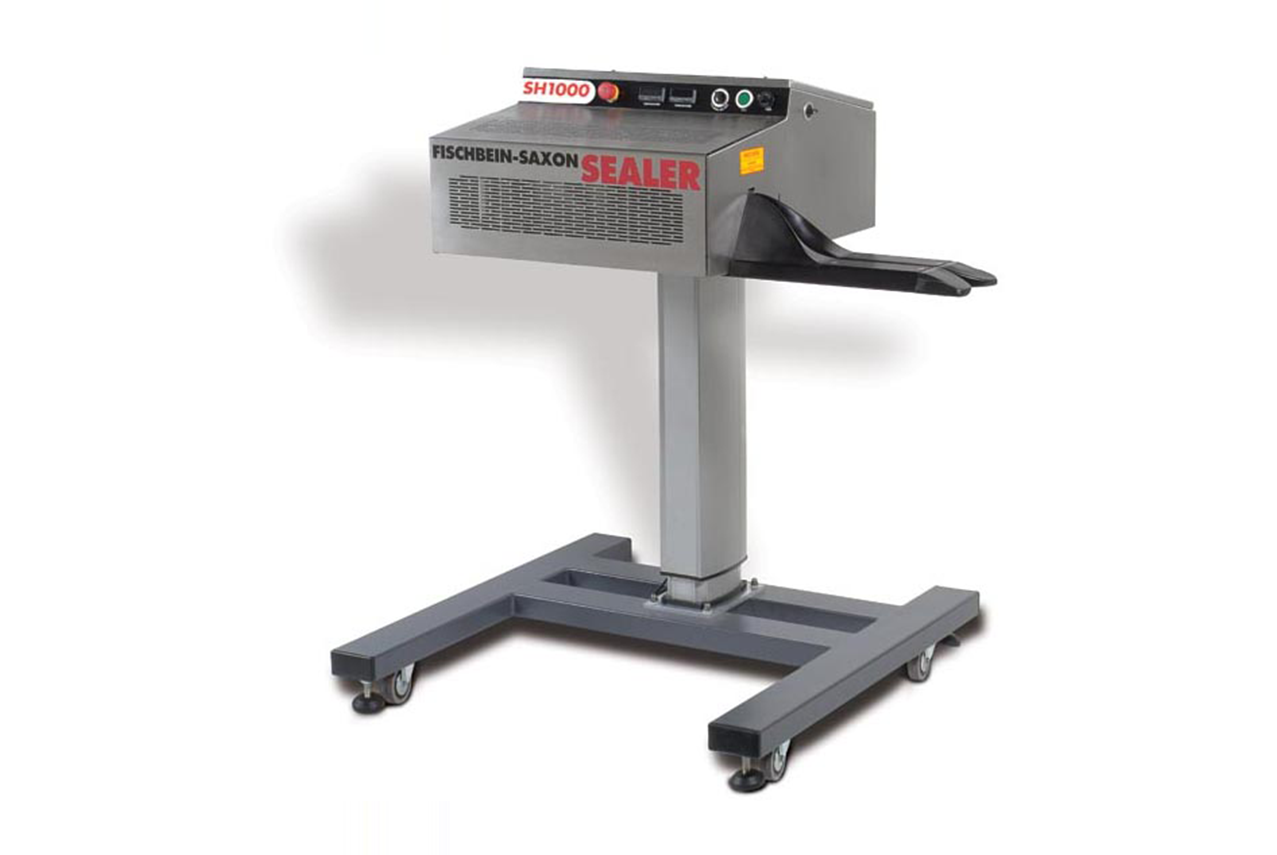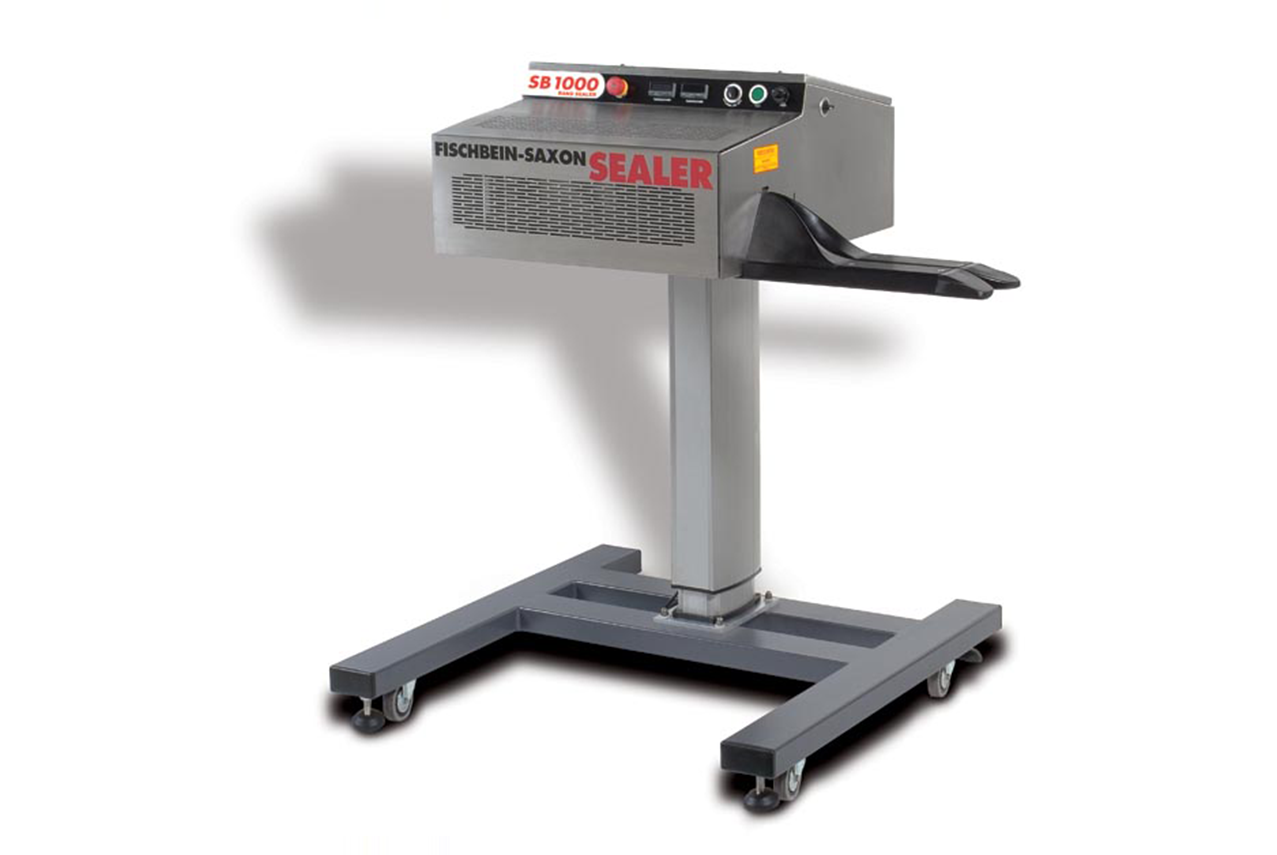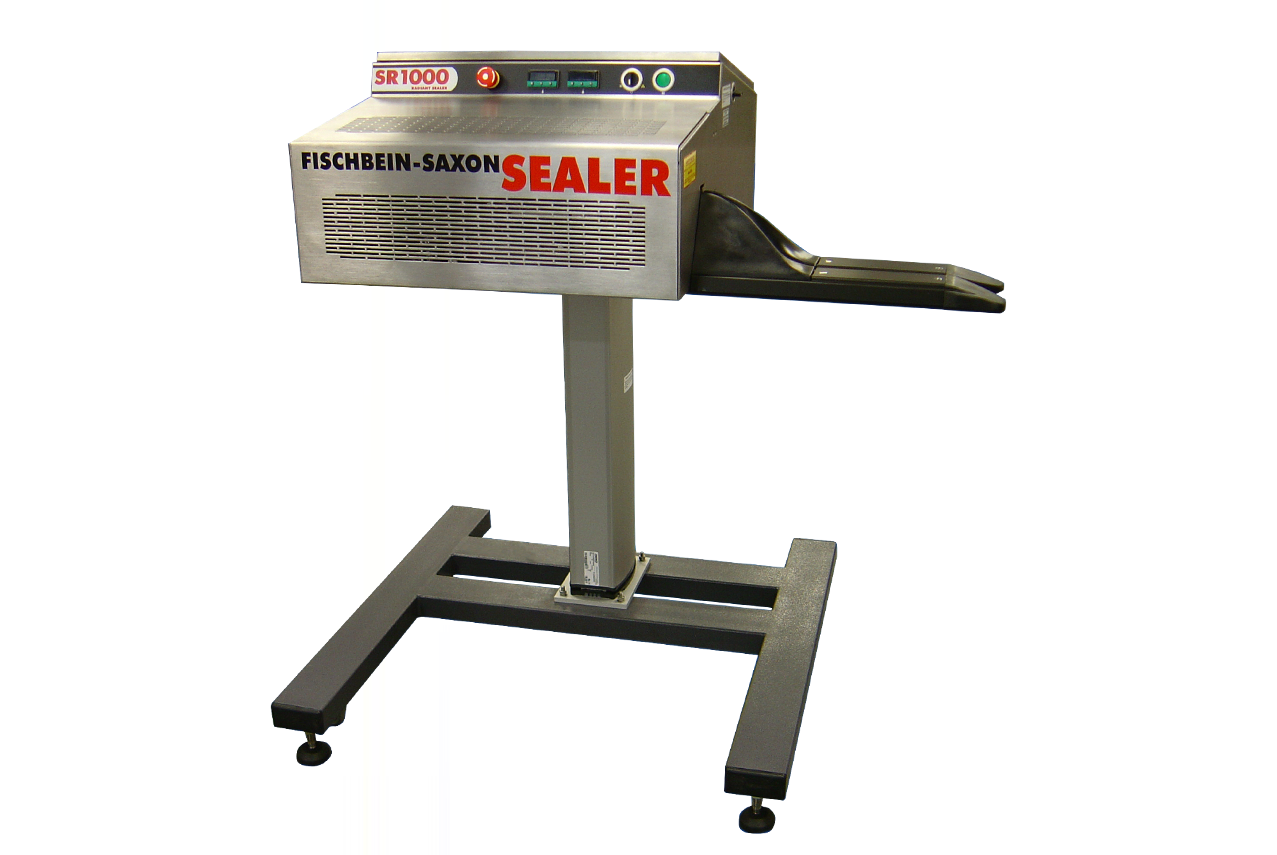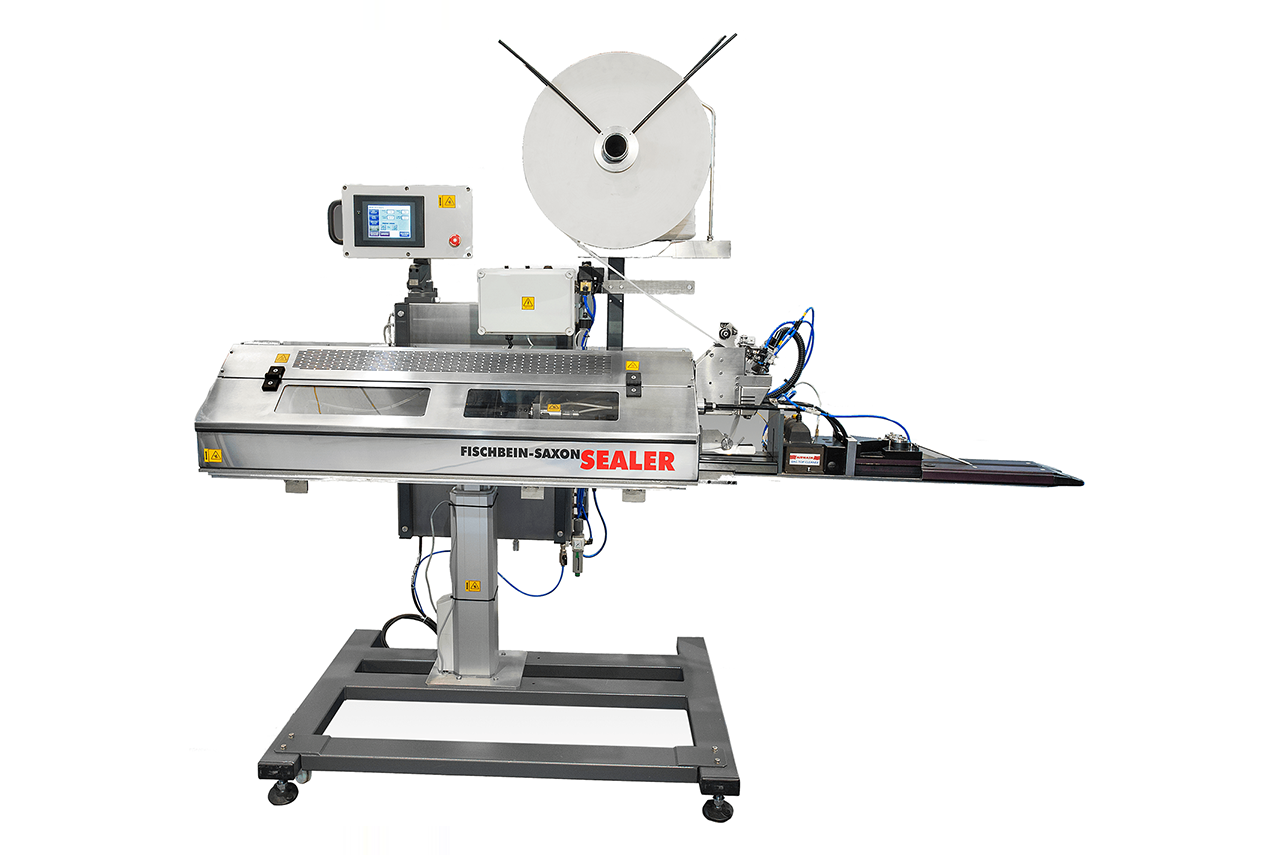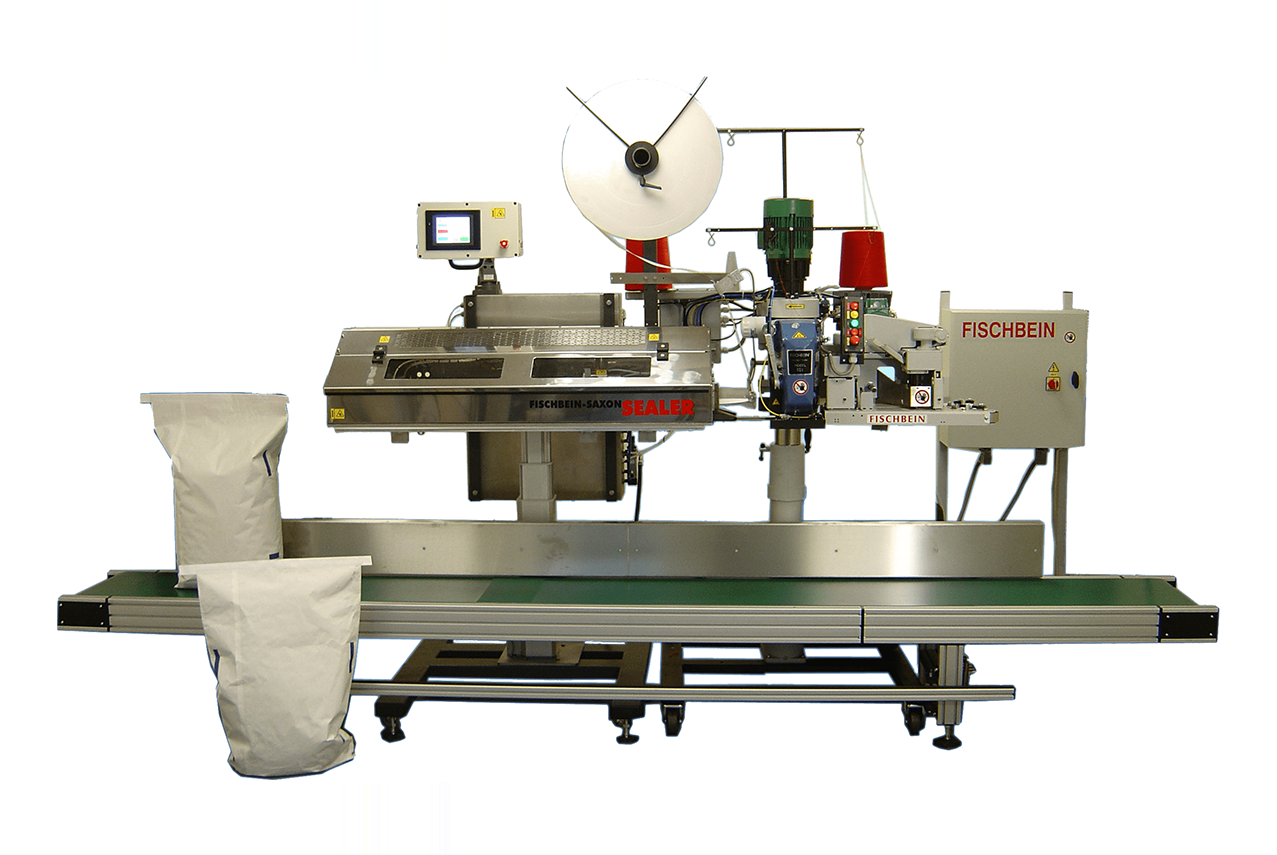The Duravant family of operating companies serve the food processing, packaging and material handling segments.
Continuous Saxon bag sealing machine: automatic and reliable open mouth bag sealing
With the continuous Saxon bag sealing machines, sealing bags becomes fast, consistent, and secure. These automatic sealing machines are ideal for a wide range of bag types including plastic bags, paper bags, and multi-layer packaging. Built to seal quickly open mouth bags for industries such as minerals, animal feed, agriculture, and horticulture, the Saxon bag sealing device ensures dust- and moisture-proof sealing that protects your products during storage and transport. Thanks to advanced technology and robust construction, each of these automatic bag sealing machines delivers long-lasting performance with minimal downtime and offers reliable sealing results that extend product shelf life and enhance quality.
Home » Sealing machines
Packed with innovations, these ergonomic sealers offer high quality and perfectly sealed seams while increasing bag closing speed.
Equipped with an efficient sealing band module, these sealers offer improved cooling options for perfect seals, even on thick bags.
Their two heating bars use radiant heat transfer. With their simplified design, these sealers also meet the requirements for protection against contamination and product loss.
Get in touch with us today
This machine provides double closure by radiation (heat sealing the inner bag) and by applying a tape to the top of the bag. Basically, two machines in one!
This compact combination sealing/sewing machine ensures strong, durable, hermetic closings. The TOS 300-SW is ideally combined with the MOS sewing system for perfect closure that integrates sewing and sealing.
Contact us now
Open mouth sealing machine for pouches and complex packaging
A plastic bag sealing machine from Saxon is designed to close both simple pouches and complex packaging with multi-layered materials. Depending on the application a bag closing by sealing will use hot air sealing technology (range SH), heating bars with Teflon coated bands (SB range) or static heating bars (SR range). These innovative technologies create a strong, airtight seal that protects against dust, humidity, and temperature changes the bagged product. Closing bags using a sealer becomes seamless and consistent. The Saxon continuous sealers are suitable for a variety of industries and demanding environments.
Key features of a Saxon automatic sealing machine
- Automatic temperature control ensures consistent sealing quality regardless of external conditions.
- Efficient heat transfer by convection guarantees fast, even sealing and boosts throughput.
- Optional functions such as Airwash, to clean the zone to be sealed, and Airevac, to the air on the top of the product in the bag remove, enable a perfect bag closing.
- Compatible with zip closures and other bag types for maximum flexibility.
- High sealing speeds and user-friendly controls reduce packaging errors and increase productivity.
Industries
Applications and benefits of Saxon continuous bag sealing devices
Saxon continuous bag sealing devices are widely used in industrial packaging lines where reliability and speed are essential. Whether you’re sealing plastic bags, bags with zip closures, or customized formats, Saxon delivers performance you can count on. With their compact, durable build, Saxon sealing machines easily integrate into existing production lines. They require minimal maintenance while offering maximum uptime. These machines are also flexible enough to adapt to different packaging formats and materials, making them ideal for companies looking to optimize their packaging process without compromising on efficiency or reliability. With Saxon expert support, you get more than just a machine, you get peace of mind. Wherever you are, whenever you need it, we’re here to keep your packaging lines running smoothly.
Frequently asked questions
How does a continuous bag sealing machine work?
A bag continuous bag sealing machine closes bags by heating and compressing the two internal sides of the bag, causing the material to melt and form a strong, airtight seal. Depending on the type of sealing machine this is done using hot air or a heating jaws with or without Teflon bands. The machine automatically controls temperature to ensure consistent sealing quality. The result is a seal that resists dust and moisture, keeping the bag’s contents well protected during storage and transport.
What’s the difference between sealing and sewing bags?
Sealing bonds the bag’s material using heat, creating a tight, waterproof connection. Sewing, by contrast, uses needle and thread to stitch the bag shut. Sealing is ideal for keeping out moisture and dust, while sewing is often used for thicker or reinforced bags where stitching provides a more secure closure.
What types of bags can you seal?
Many types of bags can be sealed, including plastic bags, multilayer packaging, and bags with special coatings or inner liners. This includes bags for food products, chemicals, pharmaceuticals, and other bulk goods. Even bags with more complex structures, like those with zip closures, can be sealed. In short, there is a suitable bag sealing machine available for nearly every type of packaging as much as the inner liner is sealable.
How does a sealing machine work?
A continuous sealing machine heats both internal sides of the packaging material until they melt and bond together, forming a sealed package. The machine precisely controls the temperature and pressure wheels press the seal line to create a strong and even seal. Some models use hot air, while others work with heated jaws combined with Teflon bands or not. After sealing, the material cools down, resulting in a durable, dust- and waterproof closure. The final result is a securely sealed package that stays closed until opened by the end user.
How to seal plastic bags?
Sealing plastic bags is done a continuous bag sealing machine specifically designed for the material type and thickness. First, place the open end of the bag between the machine’s heated sealing elements. Then, activate the machine, which applies heat and pressure until the plastic melts and bonds together. Make sure to set the correct temperature and speed to achieve a clean and strong seal. After sealing, the bag is airtight and protected against dust and moisture.
How does a sealer work?
A bag sealer works by applying heat to the open end of a package, causing the material inside the bag to melt and stick together. The machine accurately controls the temperature and pressure needed to produce a strong, uniform seal. Depending on the model, the process is completed using hot air or heated jaws. Once sealed, the material cools quickly, creating a secure, airtight closure. Sealers are commonly used to protect products and extend shelf life.
















